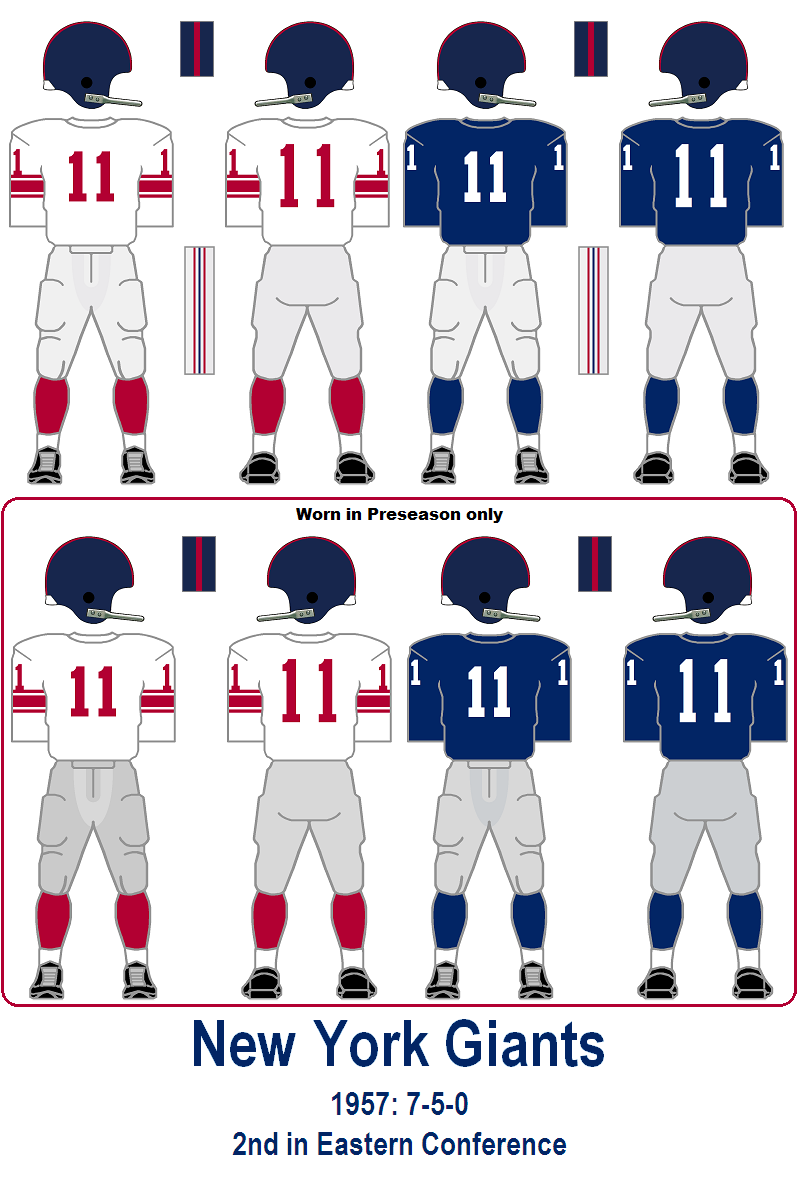
Six months later, the board chooses the name Old Dominion College over such possibilities as College of the Atlantic, Thomas Jefferson College and College of Hampton Roads. Harrison signs General Assembly legislation dissolving the Colleges of William and Mary system, in effect granting independence to the Norfolk Division. They select Monarchs as a name that would "link the traditions of the past to the realities of the present." The following year, the newly independent college becomes the 16th member of the Mason-Dixon Conference. In August 1961, a special faculty committee chaired by Professor John Foster West chooses Monarchs as the new name for the school's athletic teams. 14, 1968, when Bob Pritchett scorches the nets for 67 points against RPI. His single-game mark, however, is broken Feb. Anthony, Old Dominion's first All-American, finishes his career with 2,181 points, still second best in Monarch history. The 128-61 score still stands as a school record for widest margin of victory. The 1960-61 basketball season ends with an amazing 60-point performance by senior Leo Anthony against Lynch-burg College. The school awards its first four-year bachelor's degrees to 15 students on June 6, 1956.

By the end of the decade, a dozen more four-year programs are added. 29, 1953, the William and Mary Board of Visitors approves the Norfolk Division's first four-year programs - in nursing, teacher education and business administration. The Norfolk Division is the first higher education institution in Virginia to realize the major role television can play beyond entertainment and news. Six years later, World Geography and Music Appreciation become the first credit courses taught over open-circuit television on WVEC-TV. In April 1952, the Norfolk Division offers its first noncredit television class, Science Is Simple, through the Technical Institute and several science departments. The program attracts many women, who learn aircraft repair, drafting and other war-related subjects. The program also allows the school to remain open during a period when most young men were serving their country. Through its defense and training classes, the Norfolk Division makes an invaluable contribution to the war effort.

The Aircraft Instruments Institute is established in 1938, eventually leading to the Engineering Science Management War Training program. In continuous use ever since, this Federal Revival-style facility is named for Old Dominion's third president, Alfred B. Funded by a loan and grant from the federal Public Works Administration, the cost is $123,000. The Administration Building, complete with a library, offices, six classrooms, two gymnasiums and a swimming pool, opens in September 1936. Bud's Emporium, the school's first student hangout, moves from the Larchmont School building to the Administration Building in 1945. A popular figure on campus, the diminutive Bud becomes the Division's only resident after the Administration Building opens in 1936, occupying a small room in the facility. "Bud" Paul, who enrolls at the Norfolk Division as a business administration student in 1933, is hired a year later as manager of the school snack bar, an establishment that would soon bear his name. The Braves compile a 62-19-4 record over 11 years. Following a conference ruling that the two-year school can no longer play freshmen, coupled with a $10,000 debt, the football program hangs up its cleats in 1941.

The Braves lose the hard-fought contest, 6-2, a game that was meant to be played by parent institution William and Mary. 14, 1932, when Tommy Scott's Norfolk Division Braves football team, taking advantage of a case of mistaken identity, plays the mighty University of Miami Hurricanes. Old Dominion's most legendary gridiron moment occurs on Oct. He is credited with laying the groundwork for the institution's ascension to university status. Webb, who often has been called "the father of Old Dominion University," serves as director of the Norfolk Division from 1946-62 and as president of Old Dominion College from 1962-69. His appointment would prove to be the most important in the history of the institution. Webb Jr., fresh from earning a master of science degree at Virginia Polytechnic Institute, joins the faculty in fall 1932 as an instructor of engineering.

The following year, Virginia Polytechnic Institute, through an arrangement with W&M, offers the first two years of its standard engineering program at the Norfolk Division. Edgar Timmerman is the Division's first director. In all, 206 students register for classes. 12, 1930, the Norfolk Division of the College of William and Mary opens its doors in the old Larchmont School building, an abandoned elementary school, on Hampton Boulevard. Republished from Old Dominion University Magazine Institute for Innovation & Entrepreneurship.


 0 kommentar(er)
0 kommentar(er)
